Dragon’s Blood
Price range: $50.00 through $500.00
Known as Dragon’s Blood, the resin of Dracaena Cinnabari is one of Socotra’s most legendary natural wonders. Flowing from the island’s iconic Dragon Blood Trees, this deep crimson resin has been prized since ancient times for its healing, protective, and ceremonial uses. Its rich red color symbolizes life and strength, while its earthy, slightly sweet aroma evokes the mystery of ancient traditions. Revered as a sacred gift, it embodies the powerful spirit and timeless beauty of Socotra’s heritage.
Description
Dracaena cinnabari (Dragon’s Blood Tree) – The Icon of Socotra Dracaena cinnabari, commonly known as the Dragon’s Blood Tree, is one of the most remarkable and symbolic trees of Socotra Island, Yemen. Belonging to the Asparagaceae family, this ancient species is famous for its striking umbrella-shaped crown and the deep red resin it produces — known as Dragon’s Blood. This unique tree grows primarily in the highlands and plateaus of Socotra, thriving in arid, rocky environments with limited soil. Its distinctive umbrella form reduces water loss and provides shade for its seedlings, demonstrating a remarkable adaptation to the island’s dry climate. The red resin, exuded when the bark is cut, has been treasured since ancient times for its medicinal, cosmetic, artistic, and spiritual uses. Historically, it was used as a dye, varnish, incense, and traditional medicine, and it remains valued today for its antioxidant and antimicrobial properties. Due to overharvesting, habitat loss, and climate change, Dracaena cinnabari is now classified as “Vulnerable” on the IUCN Red List, making its protection a priority for conservation efforts. With its dramatic form and ancient lineage, the Dragon’s Blood Tree stands as a living symbol of Socotra’s extraordinary biodiversity, resilience, and natural beauty — a true botanical treasure of the Arabian Peninsula.
Aditional and Scientific Uses of Dragon’s Blood Resin
The resin of Dracaena cinnabari, known as Dragon’s Blood, has been traditionally valued on Socotra Island for its diverse therapeutic applications. When finely ground and mixed with rose water or olive oil, it is used as a facial mask to support skin regeneration and enhance complexion, owing to its natural antioxidant and anti-inflammatory properties. Although it is sometimes burned as incense, its aroma is not as prominent as other resins. However, Dragon’s Blood remains highly appreciated in traditional medicine for its wound-healing and gastro protective effects. Local people use small amounts of the resin in natural remedies to aid in the treatment of gastric ulcers, promote tissue repair, and support skin healing — practices now supported by growing scientific interest in its bioactive compounds such as flavonoids, phenolics, and dracoresin.However CONSULT YOUR DOCTOR BEFORE USING ANY PRODUCT FOR FOR MEDICAL PURPOSES.
Additional information
| Weight | 100g, 200g, 500g, 1kg |
|---|
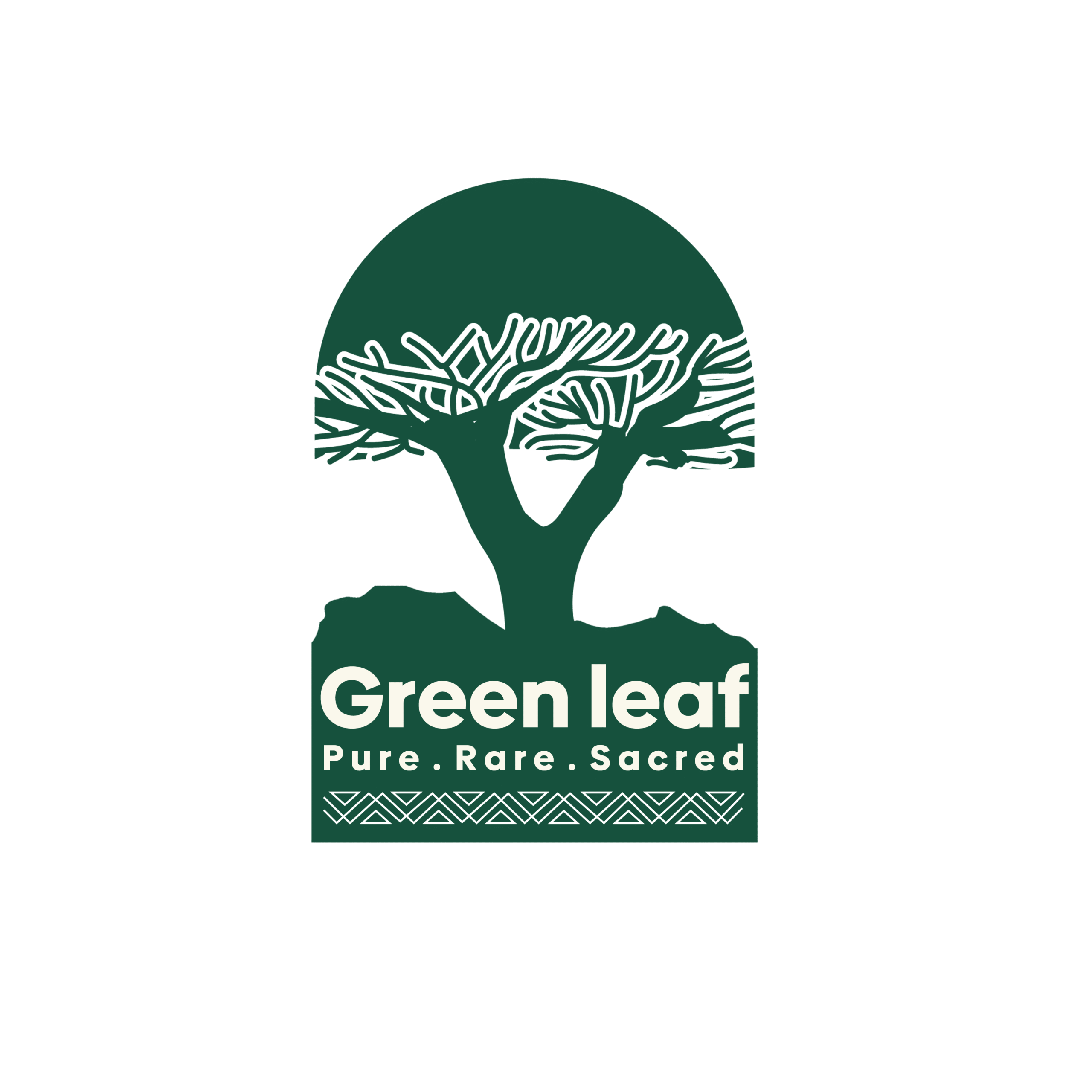
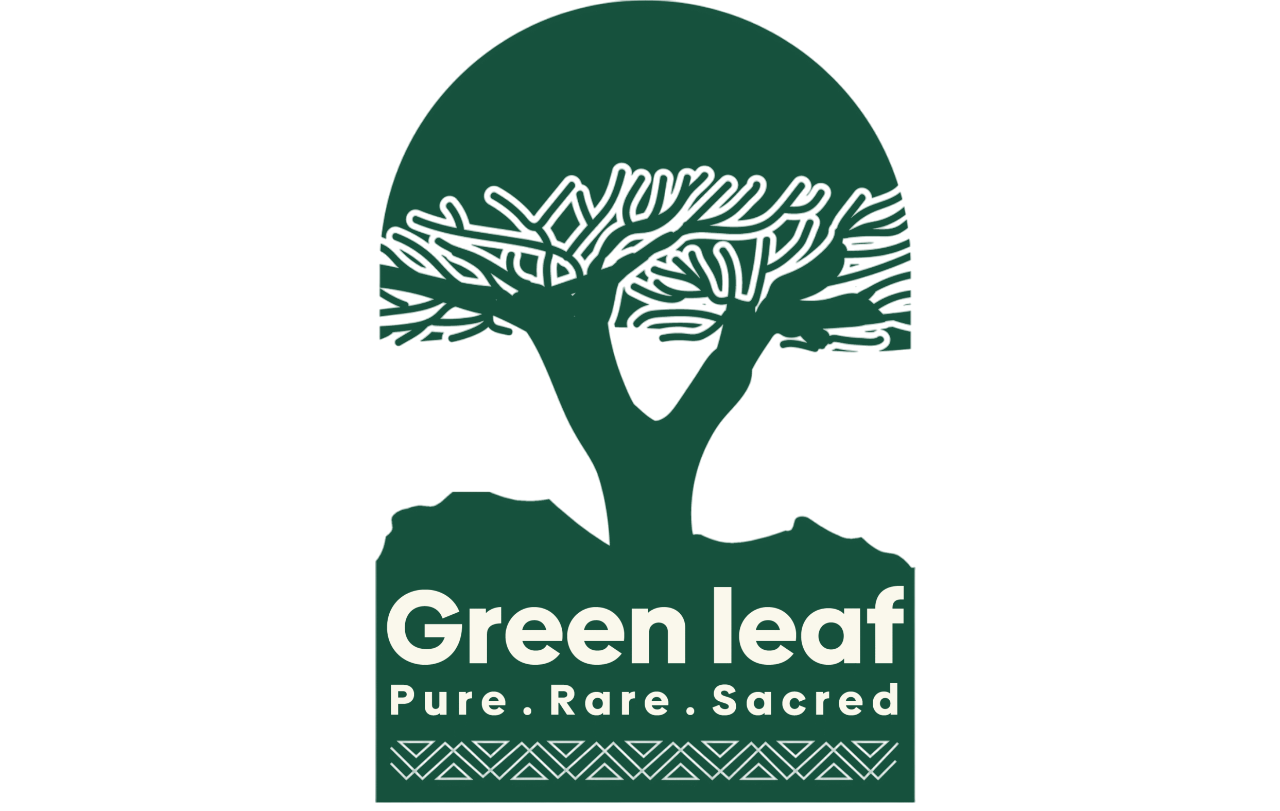
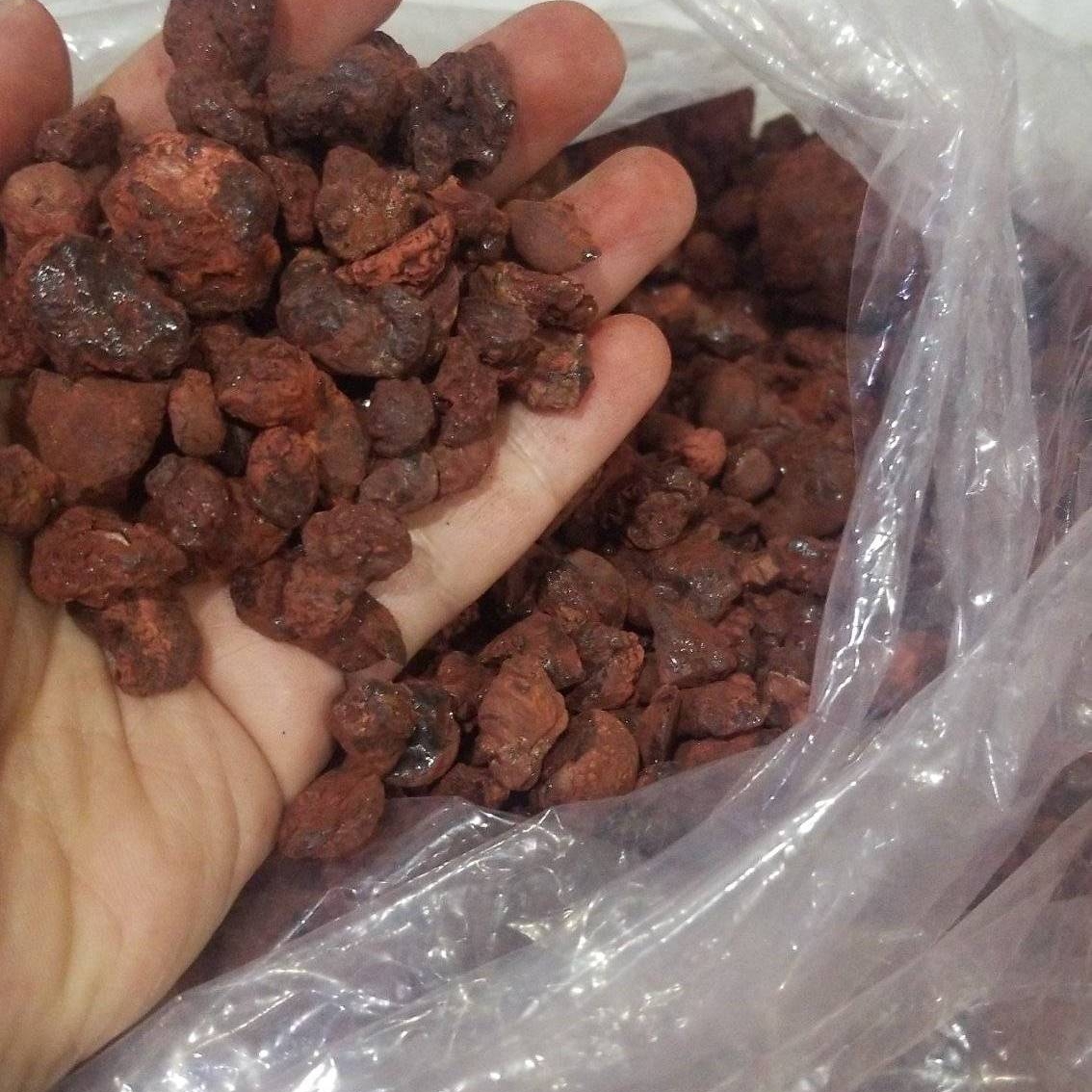
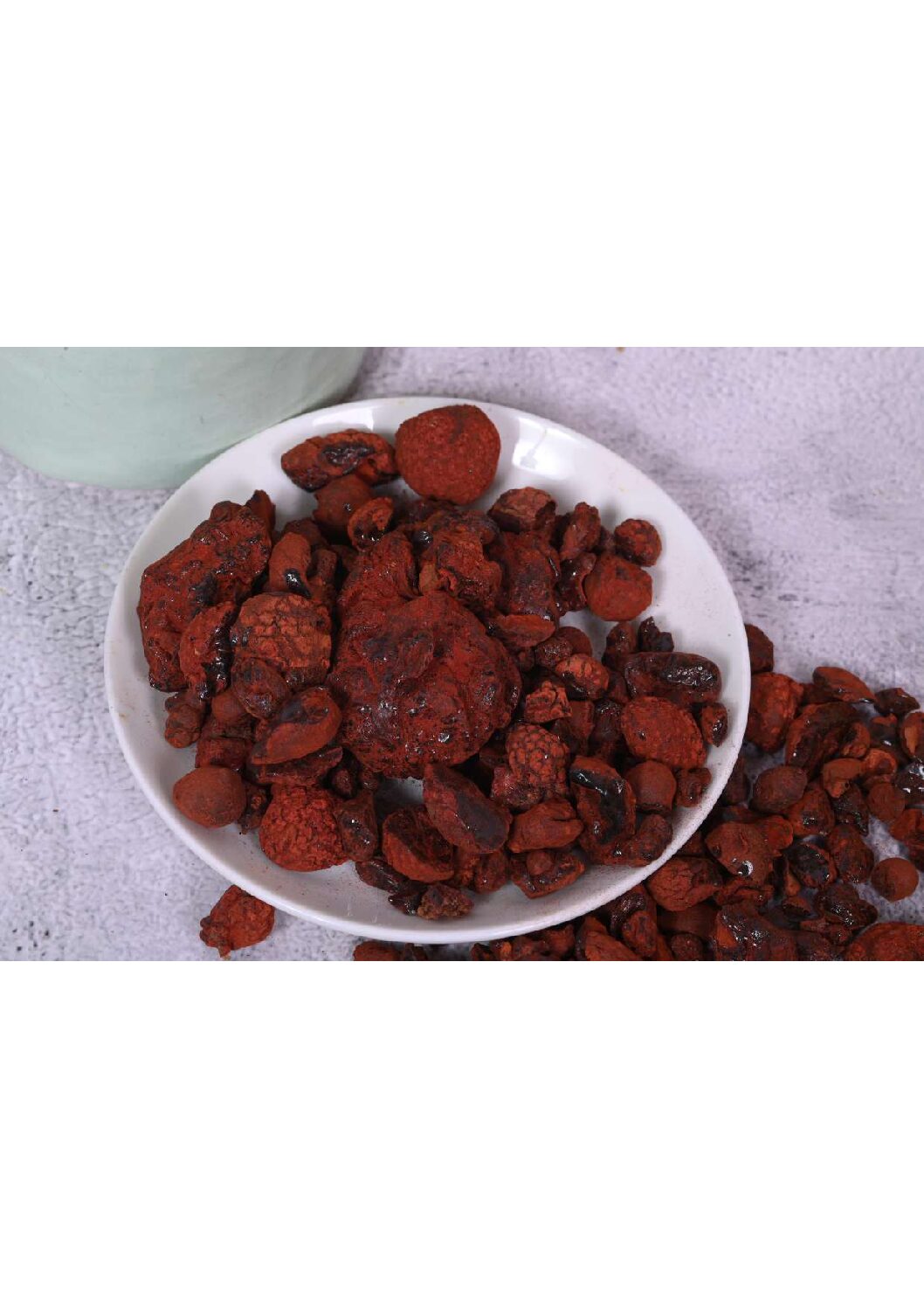
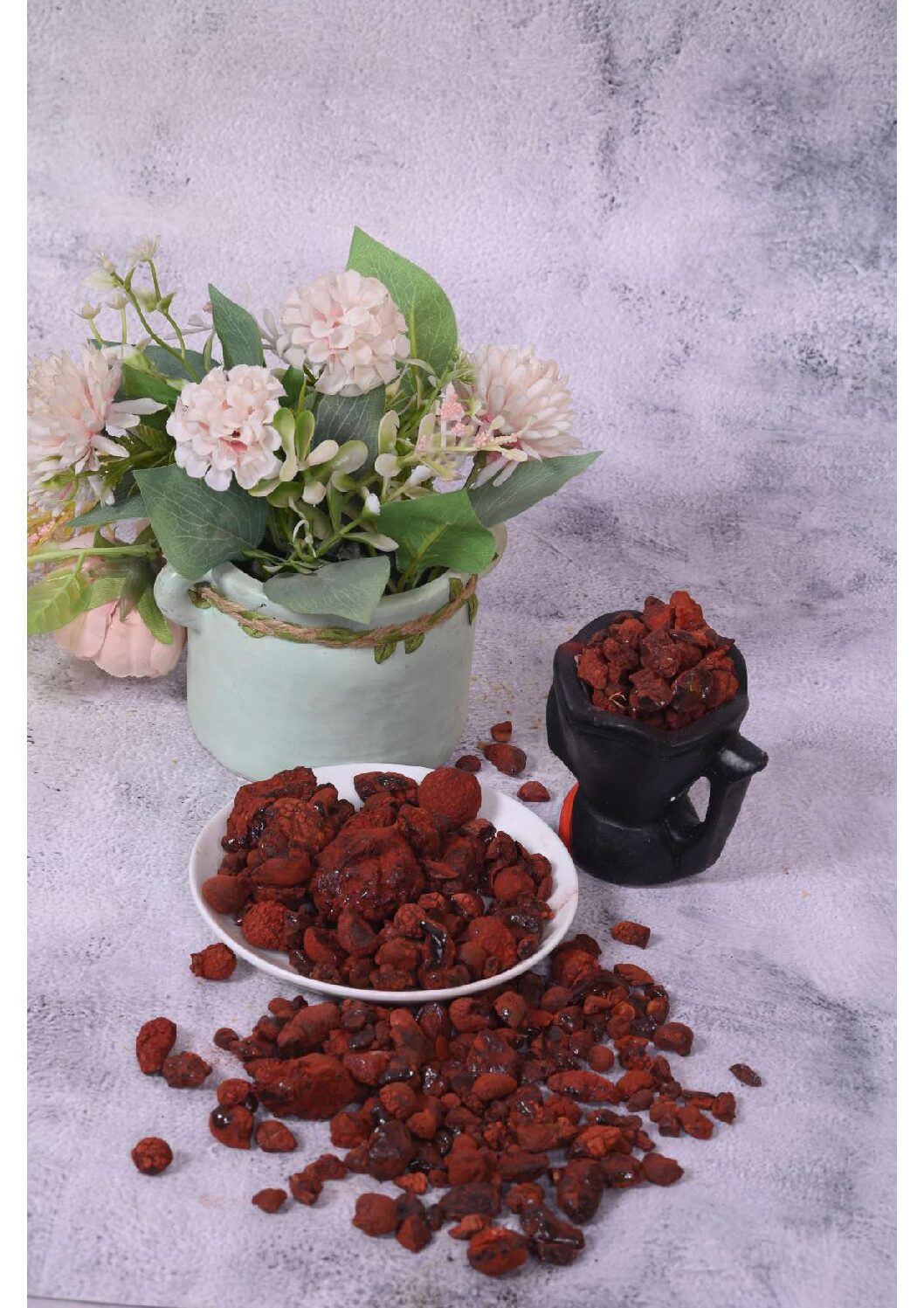
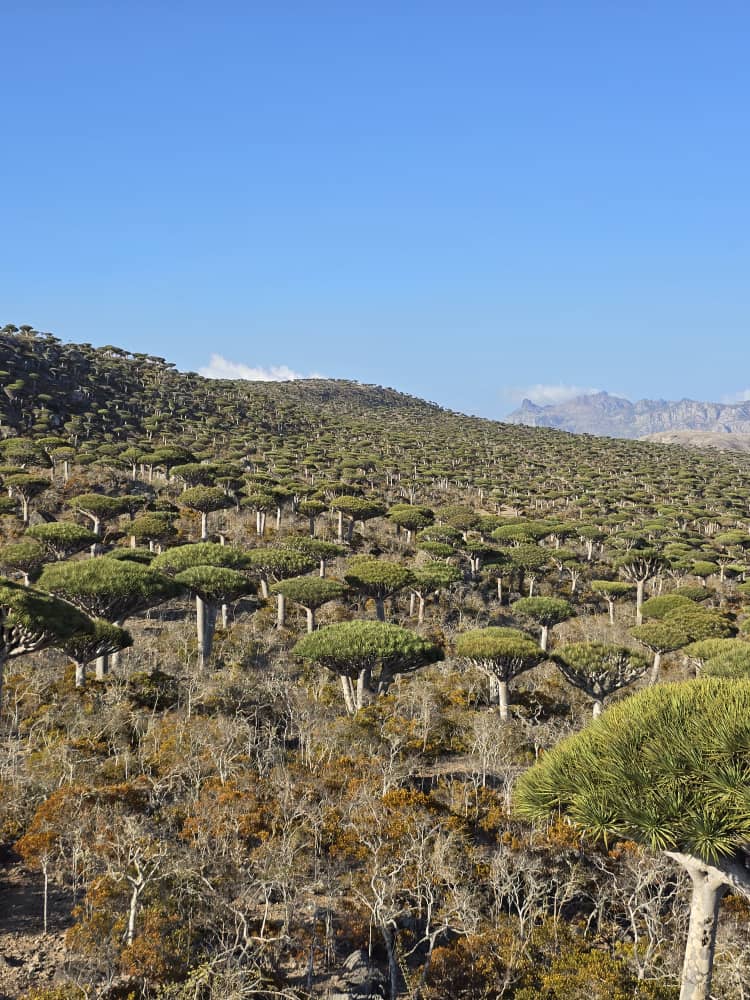
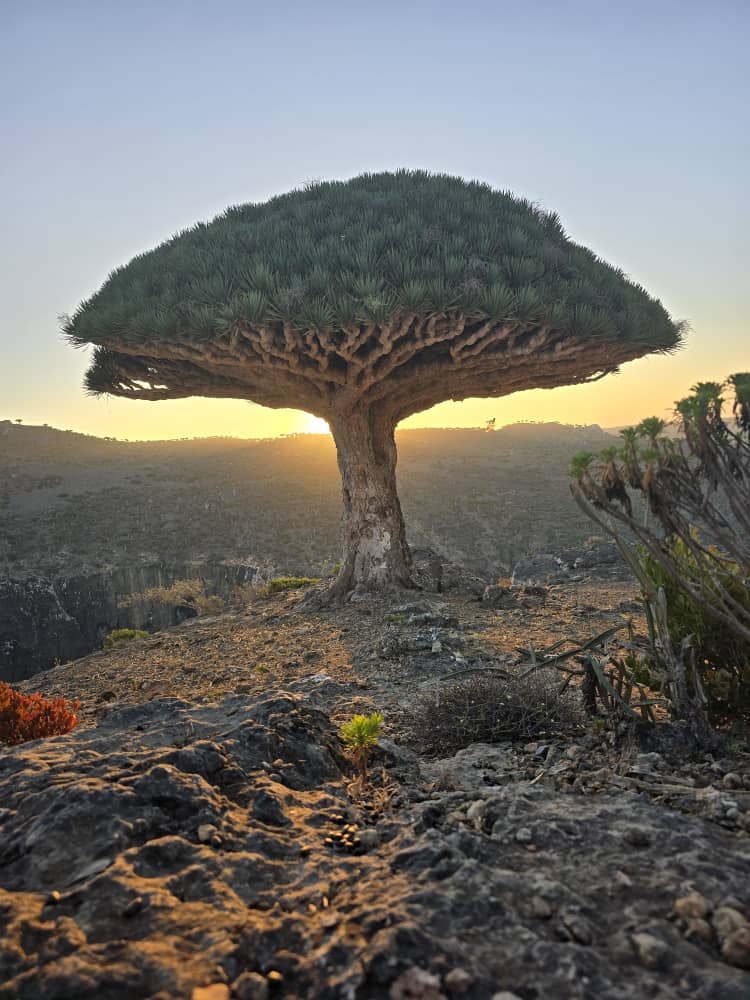
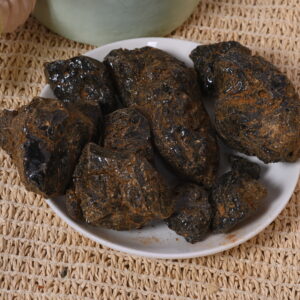
Reviews
There are no reviews yet.